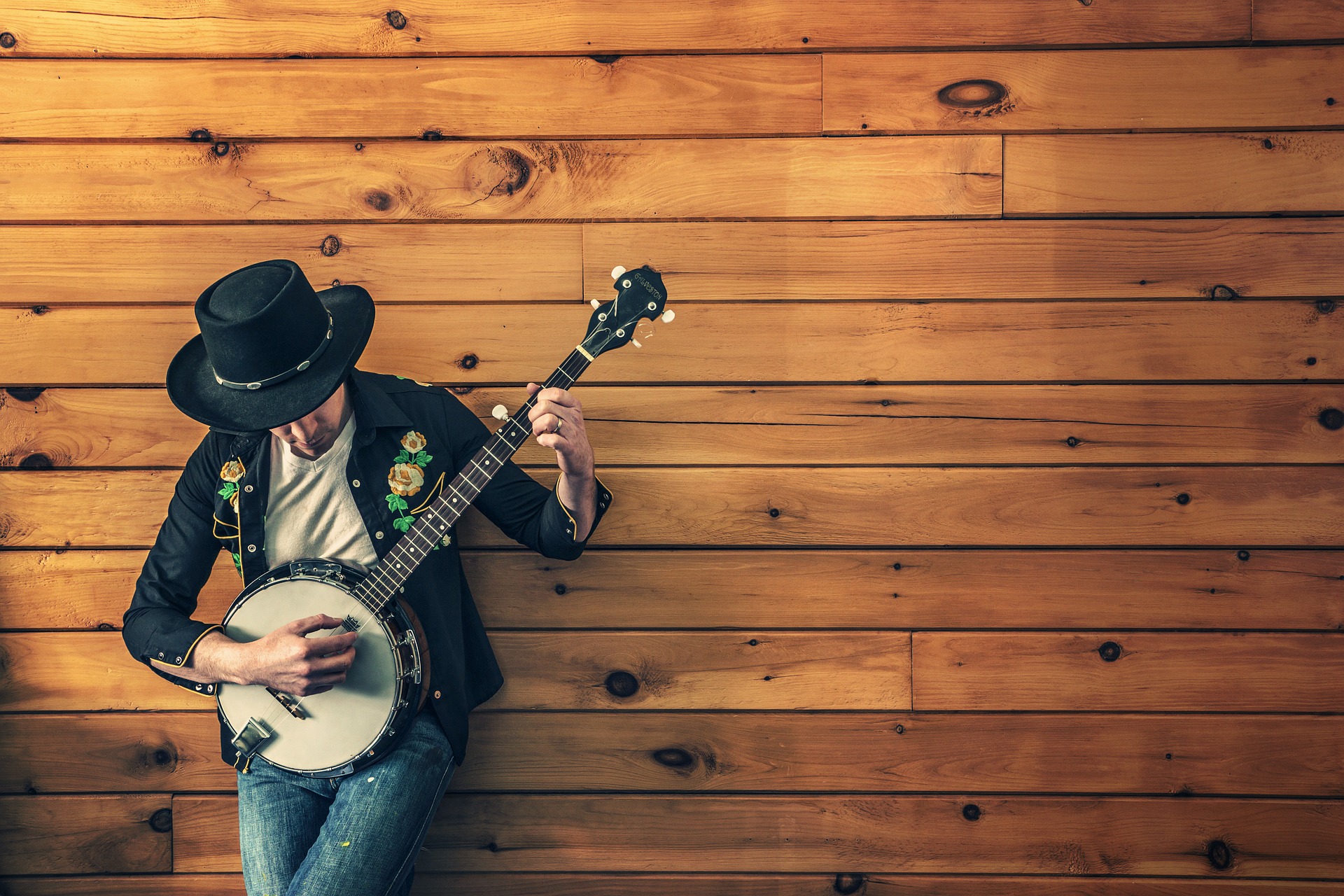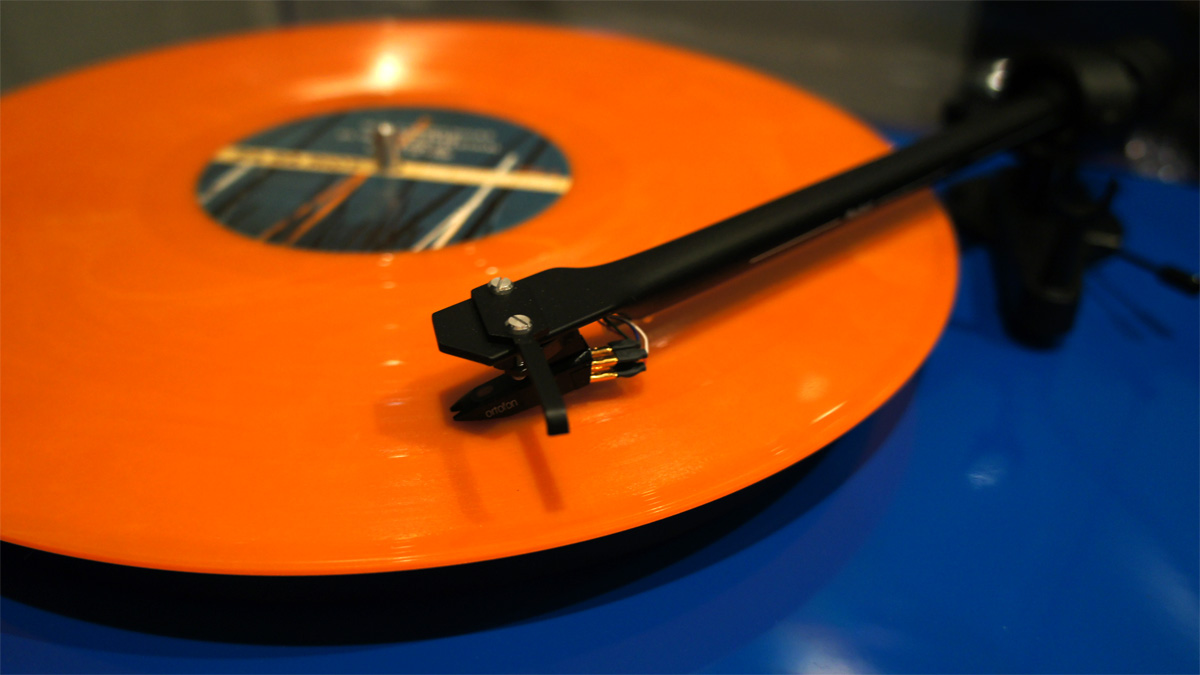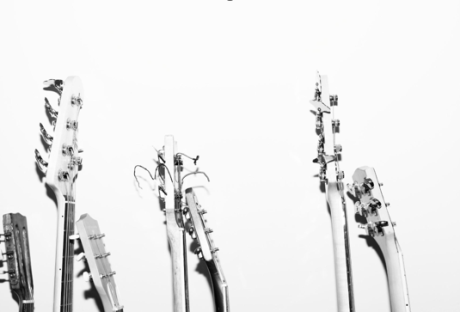It is not very clear how the banjo came into existence. It looks like the kora, a West African instrument, where fingers pluck the strings and a hard skin covers the body of the device. The key difference between the banjo and the kora is the neck. The kora has a stick neck, while the banjo has a wider and fretted neck. The banjo has come a long way over the years. It has become a mainstream instrument, and more and more people are learning how to play the instrument. Here are some things that you need to know if you are planning to learn how to play the instrument.
Different Things You Must Know While Playing The Banjo
These are some of the essential facts you must know before you play the banjo for the first time. Do not make your choices in grey while you want to play the Banjo to clear your doubts.
1. Gauging the quality
If you are on the lookout for your very first banjo, it is quite easy to measure its quality. The first thing you can do is to press down on each string along the fingerboard. They should touch the frets easily without hurting the tips of your fingers. If the strings do not reach the frets when you press down on them with the right pressure, chances are you will have a hard time producing sound without getting your fingers sore. Another technique is to strum and pluck the strings. The banjo should produce clear sounds without any rattle or buzz.
2. Types of banjo
There are three major types: the 4-string, 5-string, and 6-string. There is also a 12-string variety, although less common than the first three mentioned. The most popular type is the 5-string variant. These types can either be open-back or resonator-equipped. The open-back variety produces softer and more mellow sounds than the resonator-equipped variety.
3. Accessories
The strap is one accessory that you need to have if you prefer to play the instrument while standing up. It supports the instrument so that your arms don’t get tired from bearing the weight of the banjo. Another accessory is the capo. It helps in producing higher pitches. The tuner makes tuning the instrument a lot easier and more convenient. And lastly, the strings. If you often use the banjo, you will have to replace them eventually.
4. Getting started
If you are short on budget to pay for a banjo tutor, you have several ways of learning how to play it without having to spend any money. The Internet is an excellent source of tutorial videos that you can watch and follow.
Look for free videos online that teach beginners like you how to be familiar with the instrument and how to handle and play it correctly. You only need a few days to a few weeks to thoroughly learn the ropes, and you can surprise your friends and family with your banjo playing skills.
The Dueling Banjos is probably the most famous banjo piece you can play together with someone who will play the guitar. It is easy to learn how to play the banjo; with dedication and persistence in learning the ropes, you will find that in no time you will already be able to play Dueling Banjos correctly.
Final Take Away
Hence, these are some of the essential facts that you need to know about handling the banjo while developing your concept in this. Do not make things complicated for yourself while you make use of the Banjo. Try to make the correct application of the most famous instrument. It will help you to achieve your objectives for learning the banjo in the best possible ways.
Read Also:






















